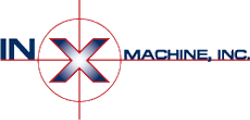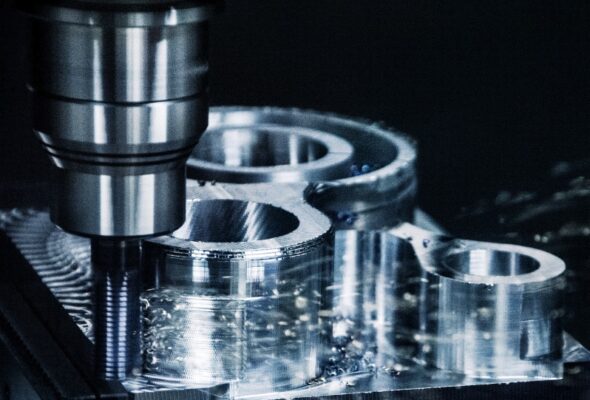CNC precision machining has become the backbone of modern manufacturing, offering unmatched accuracy, speed, and repeatability across industries like aerospace, automotive, medical, and construction. By combining advanced computer-controlled equipment with expert craftsmanship, CNC machining allows for the production of intricate components that meet tight tolerances. But while the technology is powerful, many businesses still wonder: what drives the cost of CNC precision machining?
Understanding these cost factors can help manufacturers, engineers, and procurement teams optimize projects while maintaining both quality and budget.
What Is CNC Precision Machining?
CNC precision machining uses computer software to control machine tools—such as mills, lathes, and grinders—to produce parts that match exact design specifications. With CAD (Computer-Aided Design) and CAM (Computer-Aided Manufacturing) programs, CNC machines can replicate complex geometries consistently, eliminating many of the errors that occur with manual machining.
This combination of automation and precision is what makes CNC machining indispensable, but the details of a project—from design complexity to material choice—play a direct role in determining costs.
Key Factors That Influence CNC Precision Machining Costs
1. Material Selection
The material chosen for a component has one of the largest impacts on overall cost.
- Common materials like aluminum or brass are easier and quicker to machine.
- Tougher materials such as stainless steel, titanium, or specialty alloys are more expensive and increase machine wear.
Additionally, sourcing requirements (domestic vs. imported) and the amount of raw stock needed can shift pricing significantly.
2. Design Complexity
The more intricate the design, the higher the machining cost. Parts with undercuts, tight tolerances, or complex geometries require:
- Longer programming times
- Advanced multi-axis machining
- Specialized cutting tools
Simplifying design elements, where possible, can reduce machining hours and material waste without sacrificing function.
3. Machining Time
Machine time is a direct cost driver. The longer a CNC machine must run to complete a part, the more expensive the process becomes. Factors like speed, feed rates, and setup time all influence how quickly a component is produced. Streamlined designs and efficient tool paths can help minimize machining time while still delivering high-quality results. Recent breakthroughs like high-speed machining and advanced milling centers are also helping manufacturers cut cycle times and reduce overall project costs.
4. Tooling and Wear
Cutting tools and fixtures are essential, but they also wear down over time. Projects requiring specialized tools or frequent tool changes add to the cost. For harder materials, tooling may wear out faster, leading to additional replacement expenses.
5. Post-Processing Needs
Many CNC-machined parts undergo secondary processes to meet performance or aesthetic requirements. These may include:
- Heat treatment for strength and durability
- Plating or anodizing for corrosion resistance
- Surface finishing for improved aesthetics
While these steps add value, they also extend lead times and increase the overall project investment.
6. Labor and Overhead
Even with automation, skilled machinists and operators are essential to ensure quality. Labor costs include programming, setup, inspection, and finishing. Overhead costs—like electricity, machine maintenance, and facility operations—are also factored into pricing. Choosing a partner with efficient processes can help balance these expenses.
7. Quality Assurance
High-precision industries rely on strict quality control. CNC precision machining shops like In-X Machine, Inc. integrate rigorous inspections throughout production, including first-article checks and final dimensional verification. While this step ensures accuracy and reliability, it requires both advanced metrology equipment and skilled technicians, which contributes to the overall project cost.
How to Optimize Your Investment
To get the best value from CNC precision machining:
- Collaborate early: Share your design files and goals with your machining partner. Early collaboration can reveal opportunities to simplify designs or adjust tolerances without compromising functionality.
- Choose materials strategically: Consider both performance requirements and machining efficiency when selecting materials.
- Plan production runs wisely: Larger quantities often reduce per-unit costs by spreading setup and programming expenses across more parts.
At In-X Machine, Inc., decades of expertise, cutting-edge CNC equipment, and a customer-first approach help clients balance precision, cost, and efficiency. By understanding the factors that influence pricing, you can make informed decisions that maximize ROI and support long-term success.
Building Value Through Smarter Manufacturing Choices
CNC precision machining offers unmatched versatility and accuracy, but its costs are shaped by a variety of factors—from material selection to quality assurance. By partnering with a trusted CNC machine shop and considering these variables upfront, businesses can streamline production, minimize waste, and achieve the highest possible value.
 IN-X Machine, Inc.
IN-X Machine, Inc. 